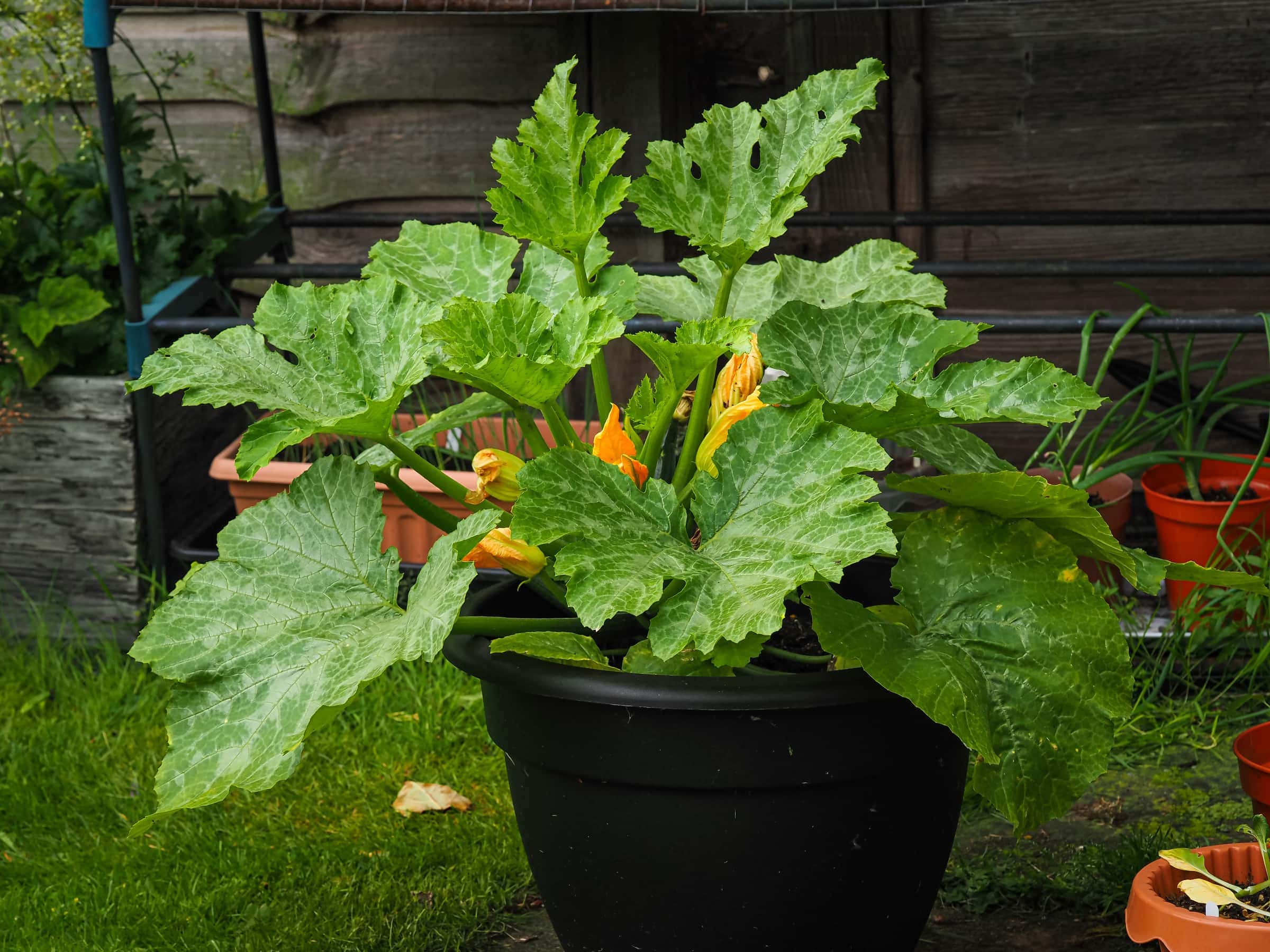If you’re growing zucchini plants in pots and want to ensure they thrive, it’s essential to establish a proper watering schedule. Knowing how often to water your zucchini plants is crucial for preventing issues such as over or underwatering, which can hinder their growth and productivity. In this article, you’ll discover the best watering schedule for zucchini plants in pots, ensuring that they receive the right amount of moisture to flourish and provide a bountiful harvest. So grab your watering can and let’s dive into the world of zucchini care!
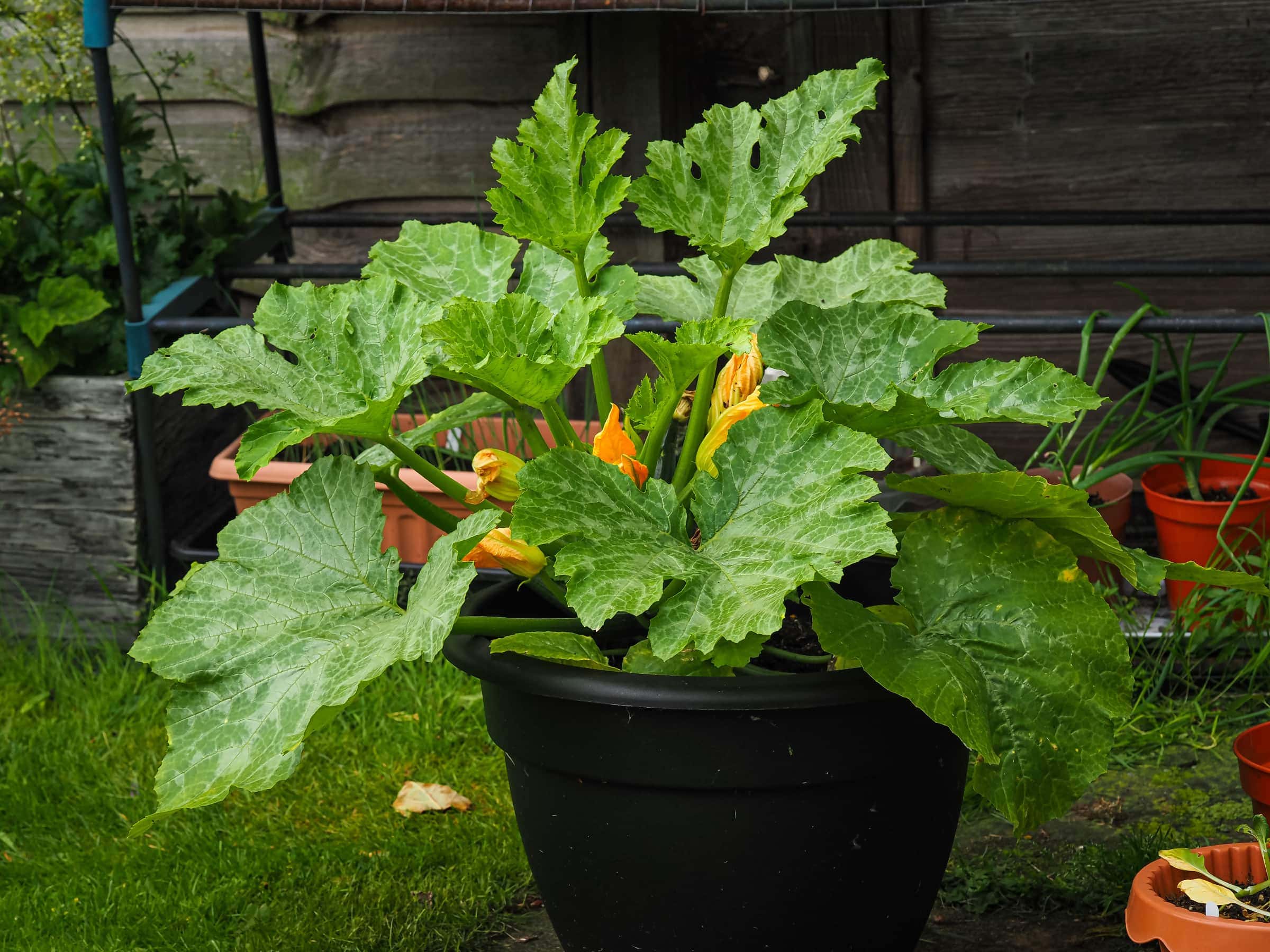
Factors to Consider
When it comes to watering your zucchini plants in pots, there are several factors that you need to take into consideration. These factors play a crucial role in determining the watering needs of your zucchini plants and ensuring their overall health and growth. Let’s explore these factors in detail:
Size of the Pot
The size of the pot in which your zucchini plant is grown is an important factor to consider when determining the watering frequency. Smaller pots tend to dry out more quickly compared to larger ones, as they have less soil volume to retain moisture. Therefore, it is essential to understand the size of your pot and adjust your watering schedule accordingly.
Soil Drainage
Proper soil drainage is vital for the health and success of your zucchini plants. Soil that retains water for too long can lead to root rot and other diseases, while excessively sandy or well-draining soil can cause rapid drying out. It is recommended to use well-draining soil mixtures that allow excess water to drain away while retaining enough moisture for the plants. Adequate soil drainage ensures that your zucchini plants receive the right amount of water without the risk of waterlogging.
Weather and Temperature
The weather and temperature conditions in your area have a direct impact on the watering needs of your zucchini plants. Hot, dry weather conditions increase the evaporation rate and can cause the soil to dry out more quickly, requiring more frequent watering. On the other hand, cooler or rainy weather conditions may result in slower evaporation rates, reducing the need for frequent watering. It is crucial to pay attention to the weather patterns and adjust your watering schedule accordingly.
Zucchini Plant Stage
Different stages of the zucchini plant’s growth cycle require varying amounts of water. Understanding the growth stage of your zucchini plants can help you determine their watering needs more accurately. The stages include the early stage of growth, vegetative stage, flowering stage, and fruit development stage. Each stage has specific water requirements, and taking these into account will contribute to the overall health and productivity of your zucchini plants.
Watering Frequency
Determining the appropriate watering frequency for your zucchini plants is crucial for their overall growth and productivity. Let’s delve into the watering needs of zucchini plants at different stages of their growth cycle:
Early Stage of Growth
During the early stage of growth, zucchini plants require consistent moisture to establish strong root systems. It is important to keep the soil evenly moist, but not soggy. Water your zucchini plants regularly, ensuring that the soil never dries out completely.
Vegetative Stage
As your zucchini plants enter the vegetative stage, their water requirements increase slightly. At this stage, it is advisable to water your plants deeply, ensuring that the water reaches the root zone. Monitor the soil moisture regularly and adjust the watering frequency accordingly, aiming to keep the soil consistently moist but not waterlogged.
Flowering Stage
During the flowering stage, zucchini plants require adequate water to support the development of blossoms and fruits. Ensure that the soil remains consistently moist, but avoid overwatering to prevent the risk of fungal diseases. Monitor the moisture levels closely and adjust the watering frequency as needed.
Fruit Development Stage
When your zucchini plants enter the fruit development stage, they require a consistent supply of moisture to support the growth of healthy and flavorful fruits. Monitor the soil moisture levels closely, ensuring that the soil remains consistently moist but not overly saturated. Adjust the watering frequency based on the specific needs of your plants and the prevailing weather conditions.
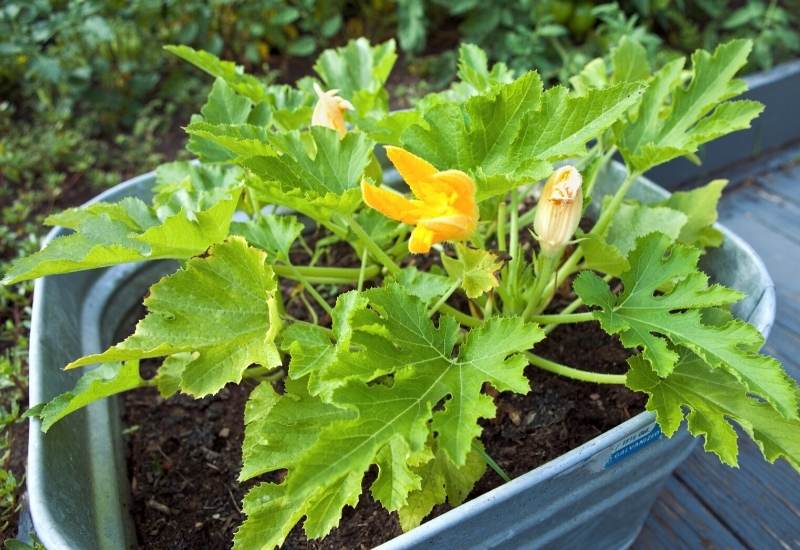
Watering Methods
There are two primary methods for watering zucchini plants in pots – watering from the top and watering from the bottom. Let’s explore these methods in detail:
Watering from the Top
Watering your zucchini plants from the top is a common and convenient method. Use a watering can or a hose with a gentle spray nozzle to water the plants thoroughly. Ensure that the water reaches the root zone without causing excessive runoff. This method allows you to monitor the moisture levels of the soil and observe the plants closely while providing them with the required hydration.
Watering from the Bottom
Watering your zucchini plants from the bottom involves placing the pots in a shallow tray or container filled with water. The plants will absorb the water through the drainage holes in the pots, allowing the roots to take in the required moisture. This method can be particularly useful for maintaining consistent soil moisture levels but may not provide the same level of control and observation as watering from the top.
Watering Techniques
To ensure optimal watering of your zucchini plants, it is important to employ certain watering techniques. These techniques will help you maintain consistency in watering, observe the needs of your plants, and provide the appropriate amount of water. Let’s explore some essential watering techniques:
Consistency
Consistency is key when it comes to watering your zucchini plants. Aim to water your plants at the same time each day to establish a routine. Avoid irregular watering patterns, as they can stress the plants and lead to inconsistent growth. Consistent watering helps maintain a balanced soil moisture level and supports the overall health and productivity of your zucchini plants.
Observation
Regular observation is crucial to determine the watering needs of your zucchini plants. Monitor the plants closely, checking for signs of underwatering or overwatering. Keep an eye on the soil moisture levels, the appearance of the leaves, and the overall growth and vitality of the plants. By observing your zucchini plants, you can fine-tune your watering schedule and make adjustments when necessary.
Watering Amount
The amount of water you provide to your zucchini plants is equally important as the frequency. It is important to strike a balance and avoid both underwatering and overwatering. Water your plants until you see the water coming out of the drainage holes, ensuring that the entire root zone is adequately hydrated. Pay attention to the specific water requirements of each growth stage and adjust the amount accordingly.
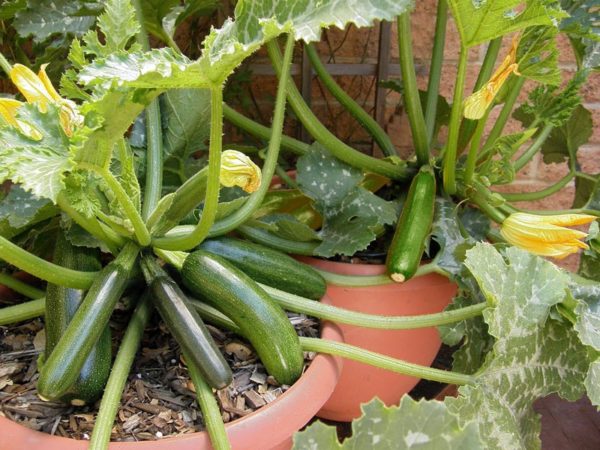
Signs of Underwatering and Overwatering
Understanding the signs of underwatering and overwatering is crucial in maintaining the health and well-being of your zucchini plants. Let’s explore the telltale signs of each:
Underwatering
Underwatering occurs when your zucchini plants do not receive sufficient water to meet their growth needs. Some signs of underwatering include drooping leaves, wilting, and dry soil. The leaves may also appear dull and show signs of discoloration or browning. If you notice any of these signs, it is important to adjust your watering schedule and provide adequate hydration to your plants.
Overwatering
Overwatering happens when your zucchini plants receive an excessive amount of water, leading to poor root oxygenation and increased susceptibility to diseases. Signs of overwatering include yellowing leaves, root rot, mold or fungi growth, and a strong, unpleasant odor coming from the soil. If you observe any of these signs, it is crucial to reduce the watering frequency and ensure proper soil drainage to prevent further issues.Maintaining Soil Moisture
Maintaining an optimal level of soil moisture is essential for the healthy growth of your zucchini plants. Here are two effective methods to help you achieve and maintain the right soil moisture:
Mulching
Mulching is a great technique to retain soil moisture and prevent excessive evaporation. Apply a layer of organic mulch, such as straw or wood chips, around the base of your zucchini plants. This will help to moderate the soil temperature, reduce weed growth, and retain moisture, ensuring a balanced and optimal environment for your plants.
Monitoring Soil Moisture Level
Regularly monitor the soil moisture level to ensure that it remains within the desired range for your zucchini plants. To do this, insert your finger about an inch into the soil to check for moisture. If the soil feels dry at this depth, it is an indication that your plants require watering. If the soil feels moist or wet, reduce the watering frequency to avoid overwatering.

Adjusting Watering Schedule
Adjusting your watering schedule is often necessary to adapt to changing environmental factors and the needs of your zucchini plants. Here are two key factors to consider when making adjustments:
Environmental Factors
Pay attention to environmental factors such as rainfall, humidity levels, and temperature fluctuations. If your area receives significant rainfall, you may need to reduce the watering frequency. Conversely, during hot and dry periods, you may need to increase the frequency or adjust the watering methods to ensure that your zucchini plants receive adequate hydration.
Plant Observations
Regularly observe the growth and overall health of your zucchini plants. If you notice any signs of stress or inadequate hydration, such as wilting or stunted growth, consider adjusting your watering schedule accordingly. By closely monitoring your plants and staying attentive to their needs, you can ensure that they receive the optimal amount of water.
Drought or Heat Wave Considerations
During periods of drought or heatwaves, your zucchini plants may experience increased water requirements. To help them cope with these challenging conditions, consider implementing the following measures:
Increasing Watering Frequency
In times of drought or extreme heat, it is crucial to increase the watering frequency to ensure your zucchini plants receive enough water. Monitor the soil moisture and adjust your watering schedule accordingly, being mindful not to overwater. Providing additional hydration during these periods will help your plants maintain their vitality and productivity.
Watering During Extreme Heat
During extreme heat, it is advisable to water your zucchini plants early in the morning or late in the evening when temperatures are cooler. This helps reduce water loss due to evaporation and allows the plants to absorb the water more effectively. Additionally, consider providing some shade or using shade cloth to protect your plants from excessive heat stress.
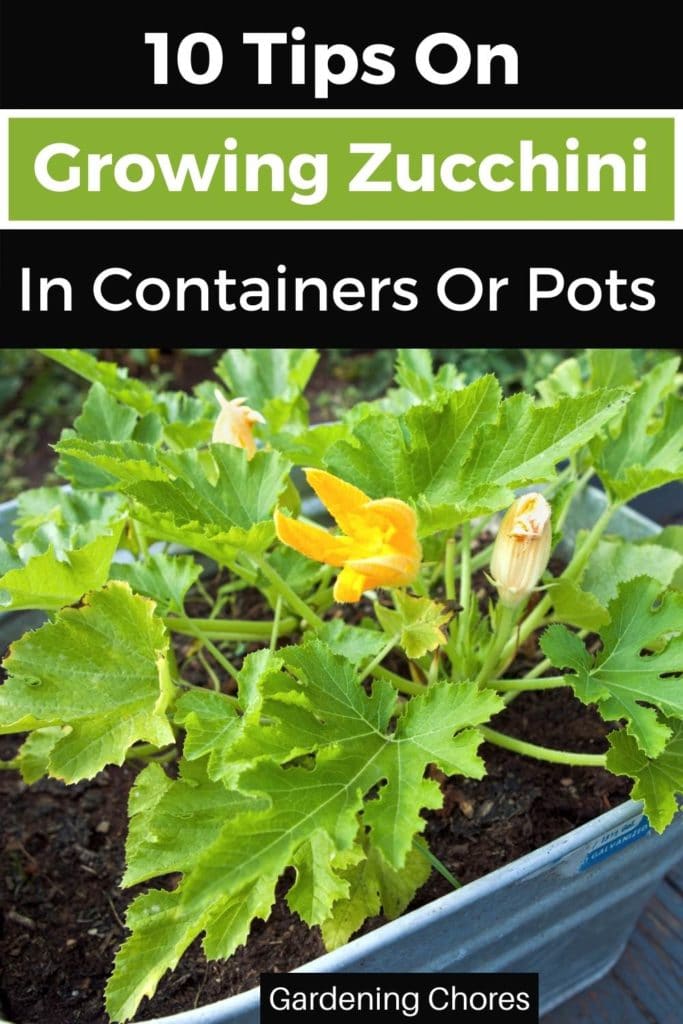
General Watering Tips
To ensure optimal watering practices for your zucchini plants, here are some general tips to keep in mind:
Morning Watering
Water your zucchini plants in the morning to allow sufficient time for the foliage to dry during the day. Wet foliage, particularly during cooler evenings, can increase the risk of fungal diseases. Morning watering helps promote healthy growth and minimizes the chance of foliage-related issues.
Avoid Wetting Leaves
When watering your zucchini plants, it is best to avoid wetting the leaves as much as possible. Excess moisture on the leaves can create a favorable environment for diseases to develop. Instead, aim to water the soil directly, ensuring that the water reaches the root zone where it is most needed.
Avoid Overhead Sprinkling
Overhead sprinklers can be inefficient and wasteful, leading to water loss through evaporation. It is best to avoid using such sprinklers for watering your zucchini plants in pots. Opt for targeted watering methods like drip irrigation or hand-watering to ensure efficient water distribution and minimize wastage.
By considering the factors mentioned, adjusting your watering frequency and methods accordingly, and following these general watering tips, you can successfully maintain the best watering schedule for your zucchini plants in pots. These efforts will contribute to their overall health, vitality, and productive yield along the way. Happy growing!
